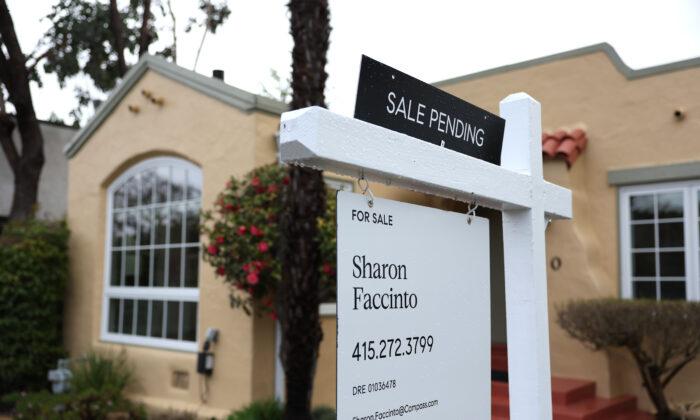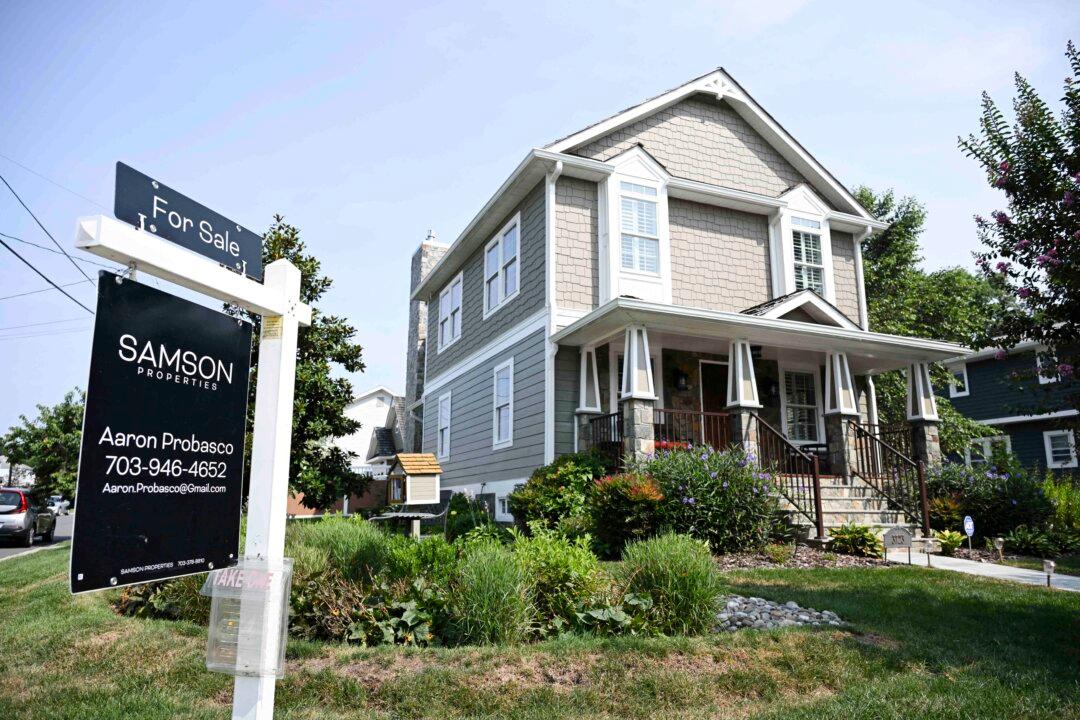Weekly mortgage demand dropped to the lowest in three months as interest rates moved up following a period of decline, signaling a declining home buyer enthusiasm in the country.
Both refinance and purchase applications fell during this period, he noted.
“Mortgage rates increased for the first time in four weeks, with the 30-year fixed rate up to 7.05 percent and all other loan types also seeing increases. The uptick in rates led to a decline in mortgage applications heading into Memorial Day weekend,” he added.
Borrowers remain sensitive to even small increases in mortgage rates while they struggle to find homes within their price range amid limited existing home inventory, Mr. Kan noted.
Marina Walsh, vice president of industry analysis at MBA, said the increase in delinquency rates was due to “higher unemployment, lower personal savings, increases in property taxes and insurance, and a run-up in credit card debt and delinquency,” making conditions difficult for homeowners.
For the four weeks ending May 26, 6.4 percent of home sellers reduced their asking price nationwide, the brokerage said. The median asking price for a home fell roughly $3,000 to $416,623, which was the first decline in six months.
The age of inventory, which refers to how long active home listings have been on the market, began rising on an annual basis in May for the first time in eight months, hitting a median of 46 days.
Fed Resistant to Decreasing Interest Rates
The rise in mortgage rates is tied to the Fed’s decision to raise interest rates to combat inflation. The Fed has raised interest rates from 0.25 percent in March 2022 to a range of 5.25–5.50 percent in July 2023 and has remained at that level until now.Rates on 30-year fixed-rate mortgages had risen to 4.16 percent by mid-March 2022 in response to inflation and then jumped to over 7 percent. For mortgage rates to come down, it is necessary for interest rates to head downward.
The market was expecting the Fed to start cutting rates in 2024 as early as possible, given lower inflation.
Traders expect rates to drop in September, with over 46 percent holding such a view.
High home prices and elevated mortgage rates are creating a housing affordability crisis.
Meanwhile, some buyers choose to purchase their dream home despite high rates, unwilling to risk even costlier purchases if they wait.
“High mortgage rates aren’t deterring buyers as much as they were last year; a lot of people want to get in now before prices go up more,” Miami Redfin agent Rachel Riva said in March.







